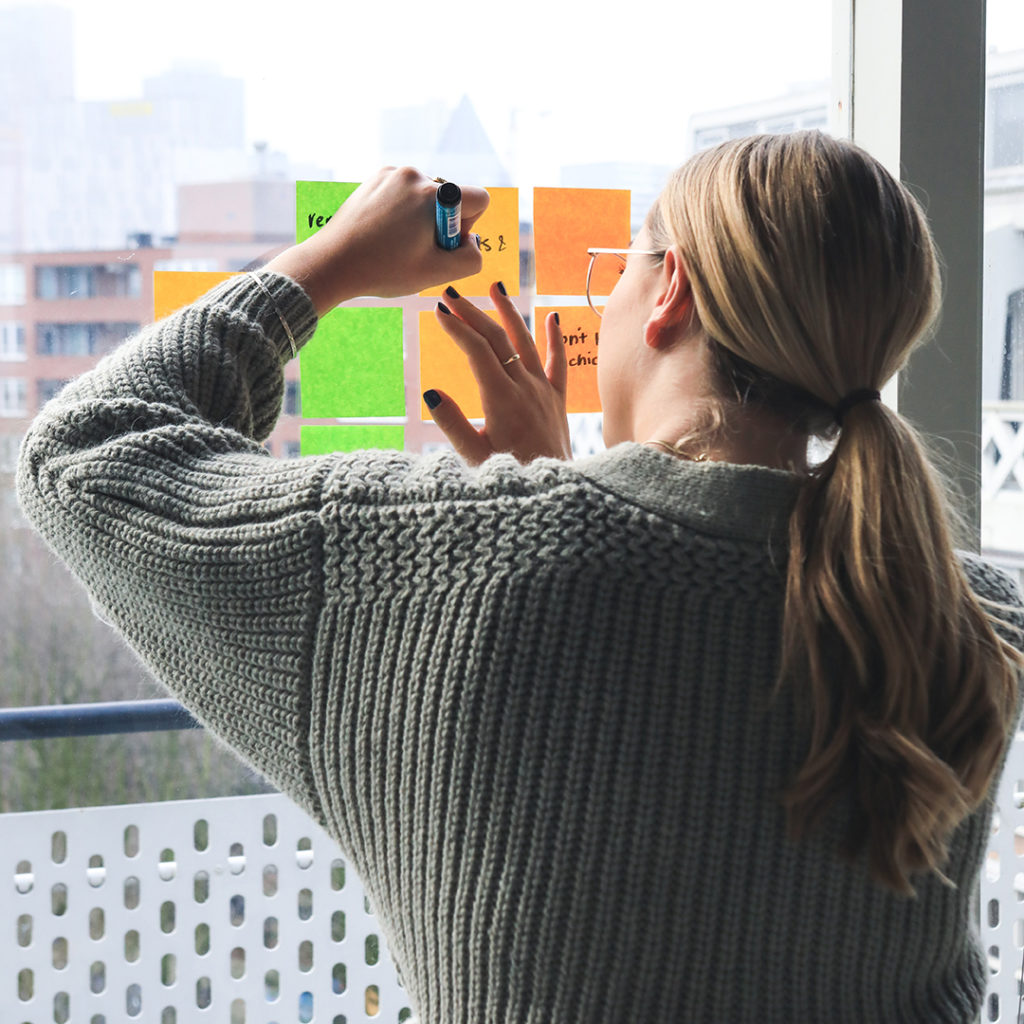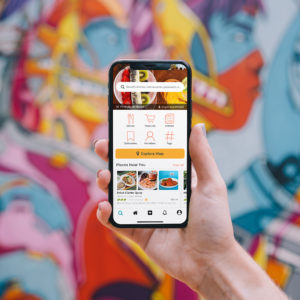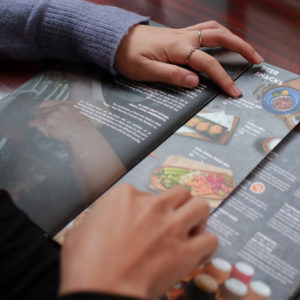The Seven Deadly Sins of Design (and How to Avoid Them)
The Seven Deadly Sins of Design (and How to Avoid Them)
We’ve all been haunted by poor designs. Whether it’s an overcrowded website layout, a hard-to-read font style or size on a billboard ad, or clashing color combinations on a brochure, the number of times brands break the rules of good design happens more often than we think.
Keep reading to find out if you’ve fallen victim to one of these seven common design sins, and learn how to avoid them in the future:
1. Skipping the research and brainstorming phase.

We’re all for pushing the envelope with the latest design trends, but at the end of the day, design aesthetic should match the brand positioning and personality, its project objectives and goals, and the target audience. Before you jump into the design process, get to know the ins and outs of your brand beyond its existing color scheme and logo.
Where should you start?
- Ask questions. Learn about the personality and purpose behind your brand and where the organization is headed.
- Ask yourself if this idea is the most effective way to meet your brand’s short- and long-term goals. To know this, you need a solid understanding of your brand’s target audience. Push yourself to do more than just a Google search – go find real people and ask them real questions!
- Don’t skimp on evaluating competitors. Competition doesn’t have to be limited to local, comparable companies, either. Take a look at similar organizations all over the world. What are these businesses doing right and what could they do better? This process will not only help your work stack up, but also stand out!
2. Trying to do it all, leading to an overcrowded and noisy result.
The saying “less is more” certainly applies to the world of design. As of 2021, consumers have a very short, 8-second attention span (by comparison, that means a goldfish can pay attention to things longer than we can).
Choose one main message and don’t let a visually noisy design get in the way of communicating it. Common pitfalls: too many contrasting colors, pairing multiple fonts and stuffing too much content onto the page.
“Hierarchy” is a common design word; it’s all about paying attention to what you want the consumer to notice first, then giving that the highest importance. Always take a step back and ask yourself what is most important, and make sure that message is clear through your design. Don’t forget to leave some white space for breathing room – not every spot has to be filled! Your choices should be intentional.
3. Using copyright images and graphics.
This one may seem obvious, but just because you can download something from the web doesn’t mean it’s free for use. Not to mention, downloading images from other websites can result in poor quality resolution. There is a fine line between pulling inspiration from a piece and straight up using or copying it. Inspiration is all around us, but make sure the work you’re doing is unique and reflective of your unique brand position and doesn’t look too similar to another brand’s design.
That’s not to say you can’t use an image you didn’t take. There is a slew of reputable sources that legally sell the rights to stock images, iconography, and more:
- Unsplash (Free!)
- Adobe Stock (Requires a subscription)
- iStock
- Shutterstock
- Dreamstime
- Getty Images
4. Designing for the wrong medium.

The amount of content put in a brochure compared to an Instagram post is wildly different. Make sure to use the research on your target audience to drive your channel strategy and to meet your audience where they are. Determine which mediums your design will be used on before you begin the project. If you’re creating a billboard or website for example, break up the content into smaller pieces for use on social. This will make your design process more efficient and erase the need to go back and try to adjust a graphic for a different medium later.
5. Being too trendy – or not trendy enough.
Trends can be tricky. It’s important to be aware of what’s hot in your industry so your brand stays relevant. However, you also need to know when an idea or style will go out – or you risk creating dated materials.
So, how can you tell what trends are here to stay? Subscribing to well-known design blogs will give you the information needed to understand the lifespan of industry trends and where they work best. Here are some of our favorite sources:
Experimenting with the latest design trends may be best suited to social platforms versus more permanent, long-term concepts such as a complete rebrand or major campaign endeavors. Always make sure the result will speak to its target audience while still staying true to your brand’s objectives.
6. Not using a second set of eyes to catch errors and eliminate bias.

It’s shockingly easy to miss an obvious spelling error, brand mandatories such as proper logo use and legal guidelines or overlook an important missing element in your layout. Always have your colleagues check your work … bonus points if you run your idea past another designer and employees outside of the design department! This removes any biases you may have and exposes your design to more balanced perspectives. A final step in the process is to take a second look at the competition and make sure your project stands out.
7. Thinking you’ve arrived as a designer.
Technology and trends are always changing. An exceptional designer is consistently focused on learning and growing. Some great ways to stay inspired are to follow the work of other designers, listen to expert design podcasts (our go-to is the creative pep talk), attend local seminars, or even scroll through Pinterest or Instagram. And finally, a proactive approach is to surround yourself with people who are smarter than you and who can challenge you to have an even better eye for exceptional design. Good (and bad) design is everywhere – take time to notice the world around you and learn from it.
MorganMyers has a team of creatives eager to help you develop arresting campaigns that appeal to your target audience. Or if your brand needs a refresh, we specialize in that, too. Let us know how we can help, and we’ll be in touch.
 Back To Blog
Back To Blog

